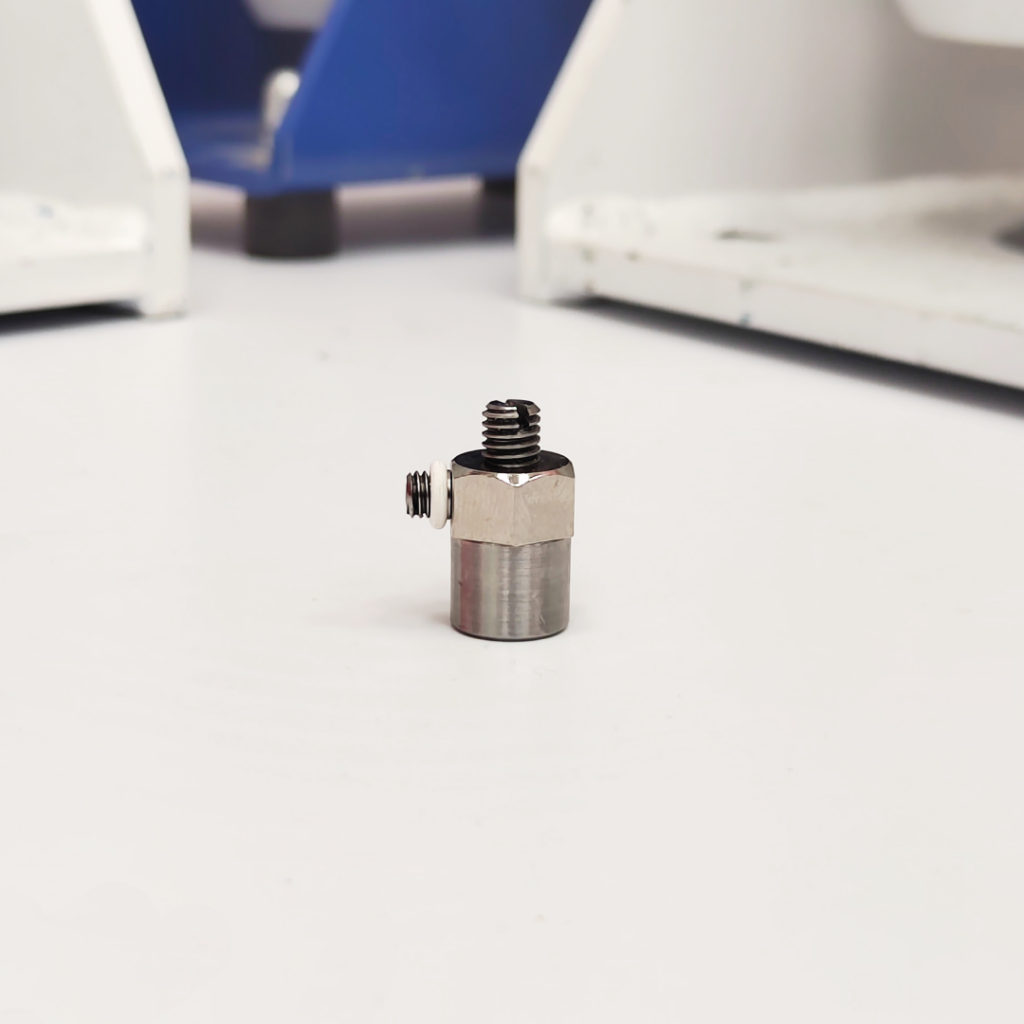In the realm of modern technology, where precision and accuracy are paramount, accelerometers play a pivotal role in measuring and detecting motion. These tiny yet powerful devices serve as the backbone for various applications, ranging from mobile devices and virtual reality to industrial machinery and aerospace systems. However, the accuracy of an accelerometer is not inherent; rather, it is achieved through a meticulous process known as calibration. At its core, accelerometer calibration is the process of aligning the sensor’s output to match the true physical acceleration of an object. This ensures that the data acquired from the accelerometer is accurate and reliable. The calibration process compensates for various imperfections, such as sensor bias, scale factor errors and cross-axis sensitivities, which can be introduced during manufacturing or due to environmental factors.

The journey towards achieving precision in motion through accelerometer calibration begins with a careful examination of the device’s inherent errors. The primary step involves estimating the sensor’s bias, a deviation from its true value when no acceleration is present. This is typically done by averaging the output of the accelerometer over a static period, during which it is subjected to minimal motion. By determining the bias, subsequent measurements can be adjusted to compensate for this initial error. Next comes the determination of the accelerometer’s scale factor, which represents the relationship between the physical acceleration and the output of the sensor. This is often accomplished by subjecting the device to a range of known accelerations and comparing the obtained readings with the expected values. The calibration engineers then apply appropriate scaling factors to establish a linear relationship, thereby fine-tuning the accuracy. Beyond bias and scale factor, accelerometer calibration addresses cross-axis sensitivities that might occur when the device perceives acceleration along unintended directions. By exposing the accelerometer to controlled stimuli from different axes, the calibration process identifies and corrects these off-axis measurements, ensuring that the sensor only detects motion along the intended axis.
Environmental factors can also impact the performance of accelerometers. Changes in temperature, humidity and atmospheric pressure can introduce errors in the sensor’s output. As part of the calibration process, these environmental effects are considered and often mitigated through temperature compensation and other corrective measures and look at this website https://atslab.com/calibrations/accelerometer-calibration/. Furthermore, advanced calibration techniques may involve calibrating accelerometers in combination with other sensors, such as gyros or magnetometers, to enhance accuracy and enable more comprehensive motion tracking in complex applications. It is crucial to note that calibration is not a one-time event. As accelerometers age or undergo wear and tear, their performance may degrade over time. Therefore, regular recalibration is essential to maintain precision in motion and ensure consistent, reliable data. In conclusion, the art of accelerometer calibration is a meticulous and intricate process that lies at the heart of achieving precision in motion. Through the identification and compensation of inherent errors, calibration engineers enable these remarkable devices to provide accurate and trustworthy data across a broad spectrum of applications. As technology continues to advance, the quest for ever more precise measurements will undoubtedly drive further innovations in the field of accelerometer calibration, shaping the way we perceive and interact with the world around us.